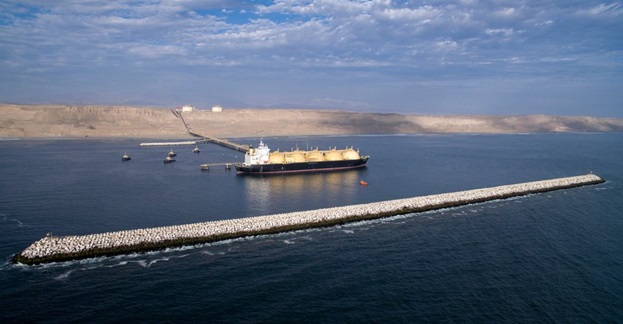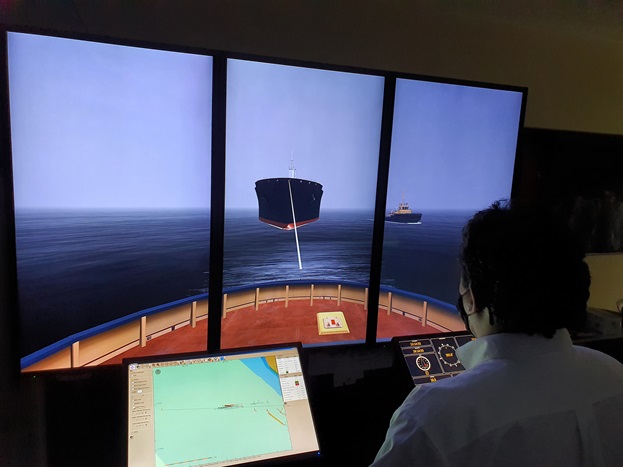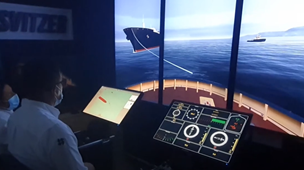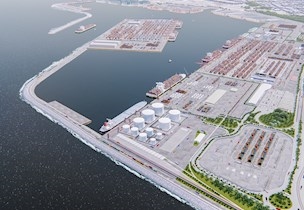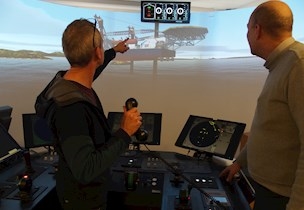Port study and simulator training ensure safe operation at the Melchorita LNG terminal
A port study for PERU LNG and simulator-based training of Svitzer Peru´s tug masters and pilots ensure safe operation and improved operational efficiency for berthing and unberthing at LNG terminal.
Simulator training keeps safety above all at PERU LNG Melchorita port terminal
The primary goal for PERU LNG and Svitzer S.A. is safe operation in handling LNG carriers at the Melchorita port terminal that has direct access to the Pacific Ocean. Hence, extensive skills are required to maintain the highest possible safety.
The port manoeuvres study performed by FORCE Technology at Svitzer´s simulator facility in Freeport, Bahamas discovered a new and more feasible tug configuration to be used upon arrival and departure of LNG carriers at the PERU LNG Melchorita port terminal. PERU LNG staff, pilots and Svitzer tug masters were trained in handling this new configuration.
A key priority for Svitzer Peru is to deliver safe, reliable, and efficient services to our customer PERU LNG. We are therefore pleased to work together with PERU LNG and FORCE Technology on a port manoeuvres assessment and tug master and pilots simulator training. This will improve the port availability and manoeuvrability at the PERU LNG Melchorita port terminal, thus ensuring continuous high-class safety and operational standards.Gabriel Chavez / Country Manager, Svitzer Peru
Realistic simulations minimise downtime and improve operational efficiency
The FORCE Technology simulators operate in a cluster which enable the tugs as well as the LNG tanker to interact in a common environment characterised by high perception of realism and where all aero and hydrodynamic effects are accounted for.
This is paramount when conducting assessments for new berthing and unberthing maneuvers designs, where the aim is to investigate if the new manoeuvres can be even more safely conducted under the operational limits considered.
Furthermore, the aim is to identify areas, that can minimise downtime and improve operational efficiency at the PERU LNG Melchorita port terminal.
We use advanced modelling techniques to ensure a realistic environment in our own and client simulator training facilities. This is achieved by using mathematical ship models that respond exactly like the actual vessels. Our models are based on an eclectic approach where sea trials as well as data from physical model tests derived from our towing tank, wind tunnel test facilities and from numerical calculations (CFD) is applied to ensure that the reactions of the simulated vessel replicate reality.Jan Michelsen / Head of Department for Simulation, FORCE Technology
Simulator training has become mission critical in a time where the vessels become larger which mean far greater accumulations of risks and exposures, both on board vessels and in ports. The simulator is a great asset for identifying such risk and developing different manoeuvring strategies for safe ship handling in confined areas and during different and often quite challenging environmental conditions.Jens Tommerup / Captain and Instructor, FORCE Technology
